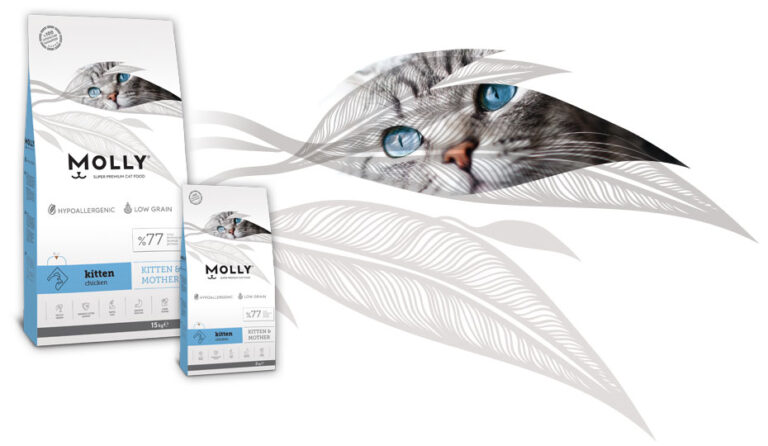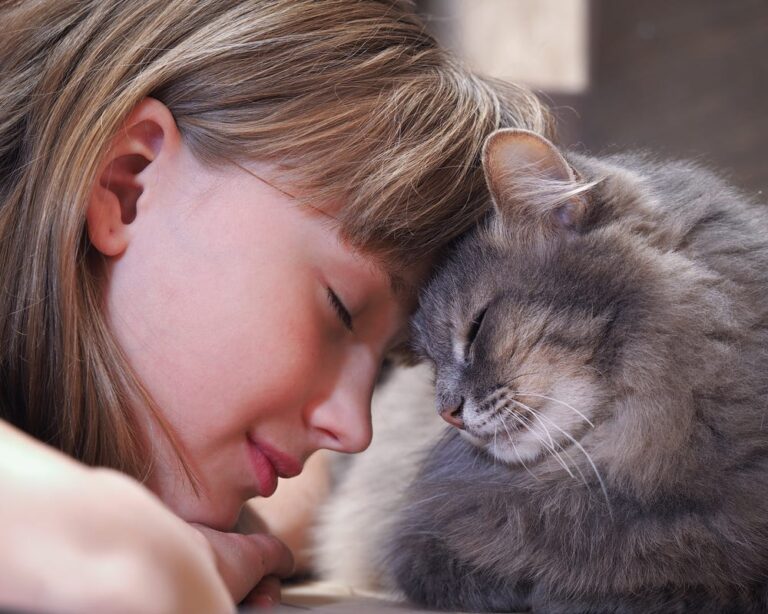Recognizing cat health symptoms
Common Cat Health Issues
Resolving to take better care of your feline friend? It’s important to be aware of common cat health issues. One common issue is dental problems. Just like humans, cats are prone to gum disease and tooth decay. Regular dental check-ups and cleanings can help prevent these issues and maintain your cat’s oral health. Another frequent issue is obesity. Many cats are overfed or not given enough exercise, leading to weight gain. Obesity can lead to various health complications, such as diabetes and joint problems. Ensuring that your cat has a proper diet and plenty of physical activity can help prevent obesity and promote overall well-being.
Another common cat health issue is urinary tract problems. Cats may experience difficulties in urination or develop urinary tract infections. Signs of these issues include frequent urination, straining, and blood in the urine. It’s crucial to seek veterinary care if you notice any of these symptoms, as untreated urinary tract problems can be very painful for cats and lead to more severe complications. Digestive issues, such as vomiting and diarrhea, are also quite common in cats. These issues can be caused by various factors, including diet changes, food allergies, or gastrointestinal infections. If your cat displays persistent digestive problems, consulting a veterinarian can help identify the underlying cause and provide suitable treatment.
Understanding Cat Behavior
Cats are fascinating creatures with unique behaviors that can sometimes be puzzling to their owners. Understanding cat behavior is crucial for providing them with the care and environment they need to thrive. One important aspect to consider is their communication style. Cats communicate through a combination of vocalizations, body language, and facial expressions. By paying attention to their subtle cues, such as tail movements and ear positions, you can better understand their feelings and intentions.
Another important behavior to understand is their grooming habits. Cats are meticulous groomers, spending a significant amount of their time cleaning themselves. Grooming not only helps keep their fur clean but also serves as a form of relaxation and self-soothing. However, excessive grooming can sometimes indicate underlying issues such as stress or skin problems. By observing your cat’s grooming patterns, you can detect any changes or anomalies, allowing you to address any potential health concerns promptly.
Understanding cat behavior goes beyond just basic communication and grooming. Cats have their unique personalities and preferences. Some cats may be more social and affectionate, while others may be more independent and aloof. Recognizing and respecting your cat’s individual traits is crucial for creating a harmonious bond between you and your feline companion.
Identifying Changes in Appetite
Changes in appetite can be an indication of a cat’s overall health and well-being. As a responsible cat owner, it is important to pay attention to your cat’s eating habits and recognize any shifts in their appetite. Cats are known for being finicky eaters, but a sudden decrease or increase in food intake could be a sign of an underlying issue.
If your cat has suddenly lost interest in their food or is eating significantly less than usual, it may be a cause for concern. Weight loss accompanied by a decreased appetite could be a sign of various health problems such as dental issues, gastrointestinal disorders, or even stress. On the other hand, an increased appetite or excessive food consumption may be indicative of metabolic disorders like hyperthyroidism or diabetes. Monitoring your cat’s eating patterns and seeking veterinary advice if you notice any significant changes can help ensure early detection and prompt treatment of any underlying health concerns.
Recognizing Changes in Water Intake
Changes in water intake can be a significant indication of a cat’s health status. Monitoring the amount of water your feline friend consumes on a daily basis is essential in recognizing possible health issues. While cats have individual preferences for water intake, any sudden increase or decrease in their water consumption should be carefully observed.
An increase in water intake, known as polydipsia, could indicate an underlying health condition. This might be a sign of diabetes, kidney disease, hyperthyroidism, or even liver problems. Diabetes, for instance, can lead to excessive thirst as the body tries to eliminate excess glucose through increased urine production. On the other hand, a decrease in water intake, referred to as oliguria, may suggest dehydration or an underlying urinary tract issue. Monitoring your cat’s water intake patterns and being attentive to any changes can provide valuable insights into their well-being and help detect potential health problems early on.
Detecting Weight Loss or Gain
Weight loss or gain in cats can be an important indicator of their overall health and wellbeing. Monitoring your feline companion’s weight is crucial, as significant changes may signify an underlying health issue. Firstly, if you notice your cat losing weight rapidly despite maintaining its usual food intake, it could be a sign of an underlying health problem such as hyperthyroidism or diabetes. Weight loss may also be a result of stress or anxiety, so it is important to consider any recent changes in your cat’s environment or routine.
On the other hand, if you observe your cat gaining weight despite no significant increase in its food consumption, it may be an indication of a slower metabolism, which often occurs with age. This can result in obesity, which can lead to additional health problems such as arthritis, diabetes, or heart disease. It is essential to maintain a healthy weight for your cat to ensure its overall wellbeing. Regularly monitoring your cat’s weight and seeking veterinary advice if you notice any significant changes is crucial in addressing and preventing potential health issues.
Noticing Changes in Urination or Defecation
Changes in your cat’s urination or defecation habits can provide valuable insight into their overall health. Paying attention to any variations in these bodily functions can help you identify potential health issues early on.
One important factor to consider is the frequency of urination or defecation. Cats are known for their regular routines, so any significant changes in the frequency can be a cause for concern. For example, if your cat suddenly starts using the litter box more frequently than usual or, conversely, hasn’t been using it as often as before, it may indicate an underlying problem. Furthermore, changes in the consistency of the urine or feces can also be a red flag. Extremely hard or soft stools, bloody urine, or constant straining during elimination should not be ignored and should be brought to the attention of your veterinarian.
Another aspect to observe is any signs of discomfort during urination or defecation. If your cat appears to be in pain, vocalizes or cries out, or exhibits any other unusual behaviors while using the litter box, it could indicate an issue. Additionally, keep an eye out for any accidents or inappropriate elimination outside the litter box, as this may be a sign of a urinary tract infection, gastrointestinal problem, or other medical condition that requires attention.
Remember, changes in your cat’s urination or defecation habits should not be taken lightly. Being observant and proactive when it comes to their bathroom behaviors can help you detect potential health concerns sooner, allowing for prompt veterinary intervention and a better chance at successful treatment.
Identifying Skin and Coat Problems
One of the key indicators of your cat’s overall health is the condition of their skin and coat. Just like humans, cats can experience a range of issues that affect the health and appearance of their fur. It’s important to be vigilant and keep an eye out for any changes or problems that may occur.
One common problem is excessive shedding, which can be caused by various factors such as allergies, stress, or underlying medical conditions. If you notice that your cat is shedding more than usual or if they have bald patches on their fur, it may be a sign that something is not right. Other skin problems to watch out for include dryness, itchiness, redness, or sores. These symptoms could indicate allergies, skin infections, or even parasites such as fleas or mites. Regularly inspecting your cat’s skin and coat by gently parting their fur will help you stay aware of any abnormalities and seek appropriate veterinary care when necessary.
Recognizing Respiratory Issues
When it comes to your cat’s health, being able to recognize respiratory issues is crucial. Cats can experience a variety of respiratory problems, ranging from mild to severe. One common respiratory issue in cats is feline upper respiratory infection (URI). URI is often caused by a combination of viruses and bacteria and can lead to symptoms such as sneezing, coughing, a runny nose, and watery eyes. If your cat is experiencing any of these symptoms, it’s important to consult with a veterinarian to get a proper diagnosis and treatment plan.
Another respiratory issue that cats can face is asthma. Similar to humans, cats can develop asthma, which is characterized by inflammation and narrowing of the airways. This can result in coughing, wheezing, and difficulty breathing. It’s important to monitor your cat’s breathing and seek veterinary care if you notice any signs of respiratory distress. Asthma can be managed with medication and environmental changes to reduce triggers. Remember, early detection and treatment is key in ensuring your cat’s respiratory health.
What are some common respiratory issues that cats may experience?
Some common respiratory issues that cats may experience include asthma, bronchitis, pneumonia, and upper respiratory infections.
How can I identify respiratory issues in my cat?
Look for symptoms such as frequent coughing, wheezing, sneezing, difficulty breathing, nasal discharge, or excessive snoring while sleeping.
Are respiratory issues in cats serious?
Yes, respiratory issues can be serious and may require medical attention. If left untreated, they can lead to more severe complications and affect your cat’s overall health.
Can respiratory issues in cats be contagious?
Yes, some respiratory issues in cats, such as upper respiratory infections, can be contagious. It is important to isolate any sick cats and take necessary precautions to prevent the spread of the infection.
What should I do if I suspect my cat has a respiratory issue?
If you suspect your cat has a respiratory issue, it is best to consult with a veterinarian. They can properly diagnose the problem and provide appropriate treatment options.
How can I help prevent respiratory issues in my cat?
To help prevent respiratory issues in your cat, ensure they have a clean and stress-free environment, maintain their vaccinations, and avoid exposing them to sick cats or environments with poor air quality.
Can respiratory issues in cats be treated?
Yes, depending on the specific respiratory issue, many respiratory issues in cats can be treated. Treatment options may include medication, antibiotics, bronchodilators, or supportive care.
Are there any home remedies to help relieve respiratory issues in cats?
It is not recommended to rely solely on home remedies for respiratory issues in cats. It is important to consult with a veterinarian for proper diagnosis and treatment.
What can I do to support my cat’s respiratory health overall?
Supporting your cat’s respiratory health includes providing a clean and well-ventilated living environment, regular veterinary check-ups, a balanced diet, and avoiding exposure to smoking or other environmental irritants.
Are there any breeds of cats more prone to respiratory issues?
Yes, certain breeds, such as Persians, Himalayans, and Scottish Folds, may be more prone to respiratory issues due to their facial structure. However, respiratory issues can affect any cat regardless of breed.







